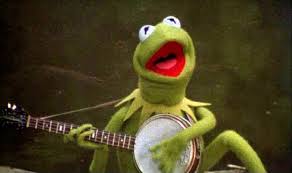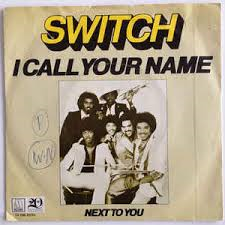 We’ve finally made it out of January of 1980, folks!
We’ve finally made it out of January of 1980, folks!
On 2 February, 1980, “I Call Your Name” by Switch peaked at #83.
In 1963, Frankie Valli and The Four Seasons released “Walk Like a Man“, which, in the grand scheme of things is a pretty good song. It’s message is undermined a bit by the fact that Frankie Valli, while singing about how he’ll walk like a man, is failing to sing like a man, what with his amazing piercing falsetto. He’s a good singer, don’t get me wrong, and the falsetto works for songs like “Ragdoll” and “Dawn”; it’s just that for “Walk Like a Man” there’s an inherent — and I assume unintended — irony that I can’t imagine people didn’t pick up on.
So, now we have Switch. These guys are a one-hit wonder, hitting #38 in 1978 with “There’ll Never Be”, and they kept trying until 1984 to score another hit, but never managed. “I Call Your Name” was the last time they even hit the lower reaches of the Hot 100, peaking at #83. And it’s got that same inadvertent irony as “Walk Like a Man”. The song starts with an earnest voiceover, starting with “I used to think about immature things”, said by a guy who sounds like he’s in sixth grade. Listening to him muse about how he’s gotten past worrying about whether his girl loves him, it’s hard not to snicker when he says, as if it’s a revelation, “I’m a man now!”
Just like if a country has to tell you in its name that it’s a democracy it probably isn’t, if you have to state you’re a man in a song, there’s probably a good argument that you aren’t.
Part of the problem is also that Switch was coming to prominence in the waning days of disco. There’s really nothing too wrong with the lyrics to this song — some of them are actually pretty good — and I bet if the Jackson Five had performed this in 1974, it would have been a big hit. But for a struggling soul band to try to claw its way up to the top on saccharine-cute disco in 1979 was a tall order. And, sure, for every pretty good lyric (“Although I love the sunshine, I’ll still accept the rain”) there’s a turn of phrase that makes you wonder if the writers actually speak English in their normal lives. “Doggone”? Who says “doggone” in any seriousness? Maybe “I Call Your Name” is deliberately ironic, and so successful that it’s indistinguishable from a clumsily penned sincere song…. I suppose it’s possible, but I doubt it. I mean… who conducts an experiment in irony for over 7 minutes of valuable radio air time?



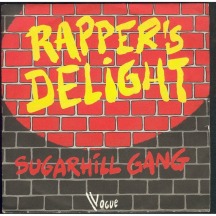 On 12 January 1980, “
On 12 January 1980, “
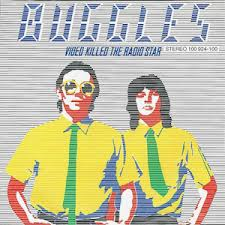 On 12 January 1980, “
On 12 January 1980, “
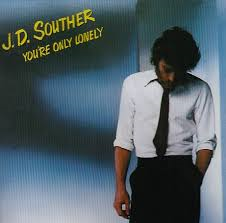 On 5 January 1980, “
On 5 January 1980, “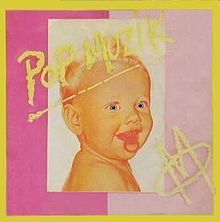
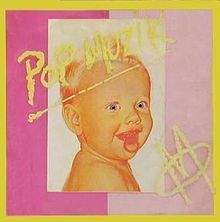 On 5 January 1980, “Pop Muzik” by M was at #32, its highest position in the 80s. Its peak position was #1 in 1979.
On 5 January 1980, “Pop Muzik” by M was at #32, its highest position in the 80s. Its peak position was #1 in 1979. 
